Potential for growth of barramundi is greater at higher temperatures
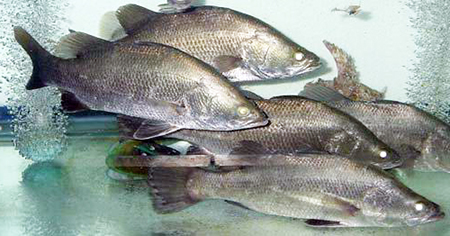 Asian sea bass (Lates calcarifer) are a relatively new fish in Israeli aquaculture. Also known as barramundi, they grow rapidly under high water temperatures in both freshwater and seawater. During the Israeli winter, however, water temperatures can drop as low as 20 degrees-C, so different feeding strategies and diets must be developed for slow-growth (winter) and fast-growth (summer) seasons.
Asian sea bass (Lates calcarifer) are a relatively new fish in Israeli aquaculture. Also known as barramundi, they grow rapidly under high water temperatures in both freshwater and seawater. During the Israeli winter, however, water temperatures can drop as low as 20 degrees-C, so different feeding strategies and diets must be developed for slow-growth (winter) and fast-growth (summer) seasons.
Fish and temperature
Fish are poikilothermic animals that can not regulate their internal body temperatures. Water temperature is therefore one of the major factors that influence their growth and metabolic rates. The primary response of fish to an increase in temperature is to increase feed intake. This promotes growth, but higher temperatures also increase the metabolic rate.
Energy and growth
A general assumption is that the energy requirement of a growing fish is the sum of its needs for maintenance plus growth. The energy requirement for maintenance is at a constant temperature and mainly dependent on body size. It is considered proportional to the metabolic body weight of the fish in the form of an a x body weight (kg)b equation, where a is a constant, characteristic of a certain fish species, and b is the exponent of the metabolic body weight. For barramundi, b = 0.82.
On the other hand, the requirement for growth is only dependent on the amount and composition of the weight gain. It can be expressed as:

Growth performance of barramundi
One need for estimating feed requirements is a prediction of the growth potential of a fish species. Therefore, one of the first steps in a study by the authors to quantify the energy requirements of barramundi over a full production cycle at different water temperatures was to establish a workable model for barramundi growth at various water temperatures. To do this, the growth rates of several fish of 1 to 450 grams were followed.
The fish were fed to apparent satiation, and weight gain was monitored by periodic weighing of the animals every two weeks. The growth trials were done in 41-ppt seawater with ambient temperatures ranging 20 to 28 degrees-C.
Weight gain in barramundi is dependent on body weight and temperature, and can be expressed by the equation:

As shown in Fig. 1, barramundi reach higher growth rates at temperatures above 24 degrees-C. According to this growth model, in a period of one year, a 1-gram barramundi can reach a final weight of 1,500 grams at 27 degrees-C, but only 300 g at 21 degrees-C.
Energy requirements
To determine the maintenance requirement, as well as the relationship between weight gain and feed consumed, four feeding trials were performed at 21 and 27 degrees-C. In these trials, barramundi were fed increasing levels of feed with a known digestible energy (DE) content. Feeding levels included low, medium, high and up to maximum voluntary intake, plus one additional treatment where no feed was offered. The trials lasted five weeks, and two experiments were performed at each temperature using animals with initial weights of 20 and 80 grams.
As in Fig. 2, more energy is consumed, more energy is gained, until the fish refuse to eat more. Maximum voluntary energy/feed intake is higher at 27 than 21 degrees-C, so overall energy gain is higher at the higher temperature. This data also demonstrates that at both temperatures, the relationships between daily digestible energy consumed (y) and energy retained (x) are linear, and can be described by the following equations:

During starvation, the fish would lose energy as expected. The amount of DE needed for maintenance (no energy gain or loss) can be found where the y-axis is zero. According to the equations above, the maintenance requirement would amount to 15.24/0.69 = 22.1 kJ/kg0.82 per day at 21 degrees-C, whereas at 27 degrees, the maintenance requirement would be 44.8 kJ/kg0.82 per day.
The slopes of the lines, a measure for the efficiency of energy utilization for growth, are nearly identical with an average value of 0.685 – equivalent to 68.5 percent efficiency. Therefore, it can be concluded that maintenance requirement is dependent on temperature, but the efficiency of energy utilization to deposit new growth is independent of temperature and feeding level.
Lupatsch, Predicted feed requirements and feed-conversion ratios, Table 1
| 21° C | 21° C | 27° C | 27° C | |
|---|---|---|---|---|
| Body weight (g/fish) | 50 | 300 | 50 | 300 |
| Growth (g/fish/day) | 0.63 | 1.57 | 1.42 | 3.54 |
| Energy (kJ/fish/day) | ||||
| DEmaint | 1.9 | 8.2 | 3.8 | 16.7 |
| DEgrowth1 | 6.2 | 18.8 | 14.1 | 42.4 |
| DEtotal | 8.1 | 27.0 | 17.9 | 59.1 |
| Feed Demand | ||||
| DE content of feed (MJ/kg | 15.0 | 15.0 | 15.0 | 15.0 |
| Feed intake (g/fish/day) | 0.54 | 1.80 | 1.19 | 3.94 |
| Feed intake (%/day) | 1.08 | 0.60 | 2.38 | 1.31 |
| Feed-conversion ratio | 0.86 | 1.15 | 0.84 | 1.11 |
Composition of barramundi at 300g: 8.2 kJ energy/g live weight gain.
Table 1. Predicted feed requirements and feed-conversion ratios for barramundi at different temperatures.
Practical implications
Based on these results, a feeding regime for barramundi grown at different temperatures can be established. The daily feed amount based on energy requirements is calculated as follows:

Conclusion
The potential for growth of barramundi is much greater at higher temperatures up to 28 degrees C. Even though metabolic rate, and therefore the maintenance requirements for energy, increases with temperature, the increase is negligible when compared to the advantage of a larger weight gain. The lowest feed-conversion ratio and highest feed efficiency are found at the highest rates, as the requirement for maintenance takes up a relatively smaller part of the animals’ total daily needs.
(Editor’s Note: This article was originally published in the December 2003 print edition of the Global Aquaculture Advocate.)
Now that you've reached the end of the article ...
… please consider supporting GSA’s mission to advance responsible seafood practices through education, advocacy and third-party assurances. The Advocate aims to document the evolution of responsible seafood practices and share the expansive knowledge of our vast network of contributors.
By becoming a Global Seafood Alliance member, you’re ensuring that all of the pre-competitive work we do through member benefits, resources and events can continue. Individual membership costs just $50 a year.
Not a GSA member? Join us.
Author
-
Ingrid Lupatsch
Israel Oceanographic and Limnological Research
National Center for Mariculture
P.O. Box 1212
88112 Eilat, Israel[108,105,46,103,114,111,46,110,97,101,99,111,64,104,99,115,116,97,112,117,108]
Tagged With
Related Posts
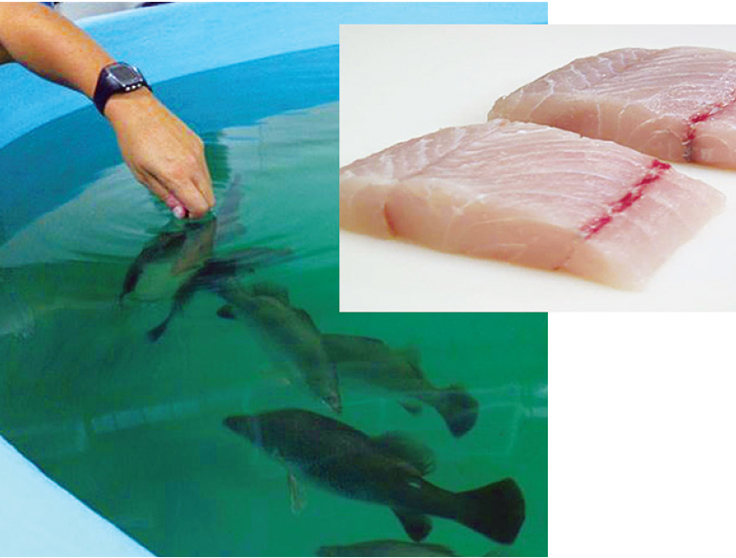
Intelligence
Adding flavor complexity to farmed barramundi
Organoleptic attributes such as flavor and aroma are among the most important factors that influence consumer acceptability and demand for fish products. Consumers have identified farmed fish as less complex and lacking “sealike” or “sea-fresh” flavors and aromas.
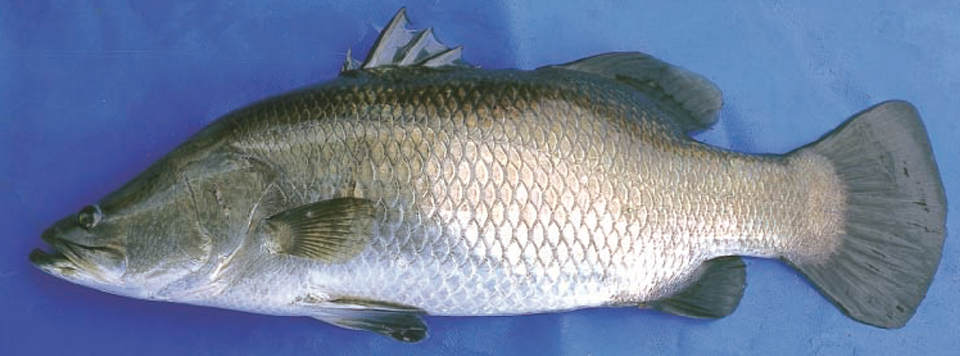
Intelligence
Barramundi culture in Australia
From recirculation units, earthen ponds and sea pens in Australia, barramundi are spreading to other continents due to the advent of sophisticated modular culture systems.
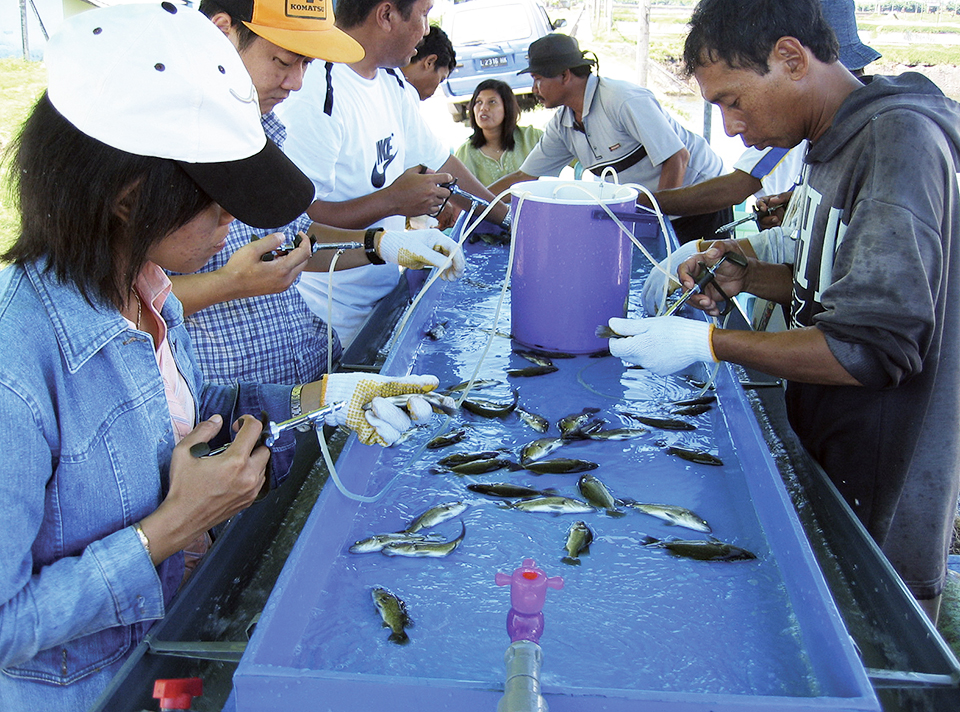
Health & Welfare
Health management of barramundi
By combining husbandry practices aimed at stress reduction with better disease management higher barramundi survival rates will be the likely result.
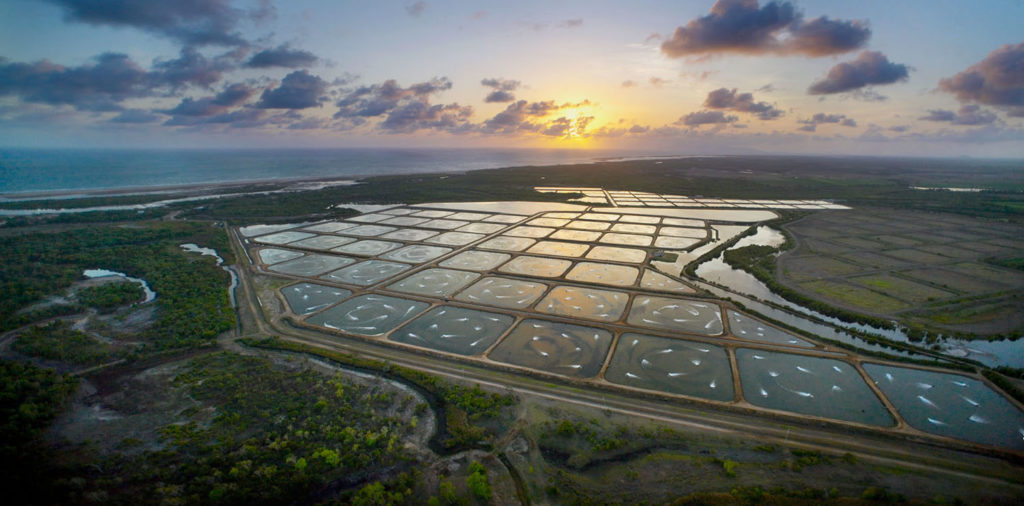
Innovation & Investment
Bringing Australian aquaculture into view
Australian aquaculture gets some needed attention later this month when Fish 2.0 holds a regional workshop focused on innovation and investment in Melbourne.


